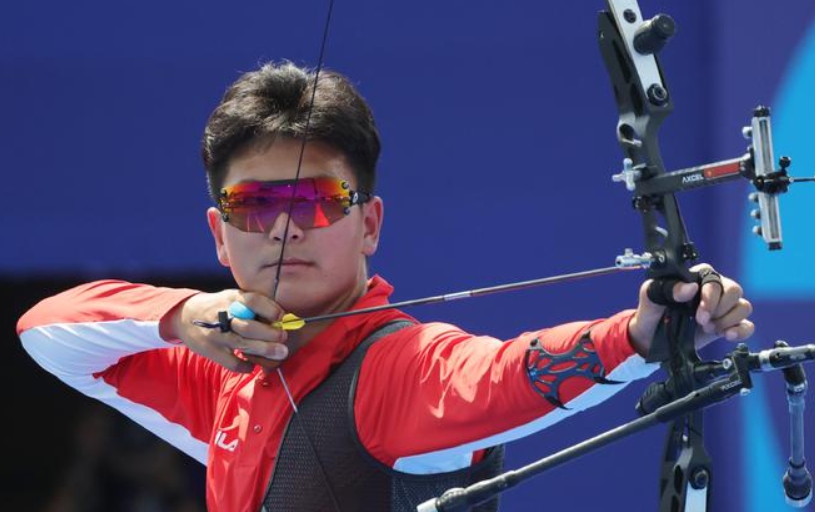Release time:2025-04-28 16:09:54Clicks:author:SPG ArcheryMain categories:Bows, Arrows, Archery Accessories

Method: A training method that uses different training methods and different combinations of volume and intensity to adjust and control the training process in a timely manner.
Purpose:
1. Timely adjust the technical status to prevent overtraining.
2. Timely adjust the technical status to form the best competitive state required for the competition.
Whether at the beginning of training or throughout the training process, the technical status of athletes should be checked and evaluated regularly and in a timely manner, that is, timely diagnosis of the actual status of athletes should be made. Don't wait until the problems pile up and form certain obstacles before taking measures. That will be too late. That will form overtraining, which is a training mistake. The training process cannot be effectively controlled and will cause the training to be out of control.
The technical status of athletes is constantly changing. At certain important stages in the training process, whether timely diagnosis can be made, the dynamic changes of athletes' training status can be accurately grasped, the basic information of athletes' actual status can be mastered, and accurate judgment and evaluation of training plans and their implementation can be made. It is of great significance to smoothly organize and effectively control the training process. According to the training characteristics of archery, it is important to diagnose the technique not only when the technique is not good, but also when the technique is good, because many wrong movements begin to germinate when the technique is good. Diagnosis of the technical condition Diagnosis of the technical condition can be carried out from the following two aspects: 1. Diagnosis from the aspect of exercise load (1) The load is large in the early stage, and the results are stable or rising. Method: maintain a large intensity and a certain amount. (2) The load is large in the early stage, and the results are unstable. Method: use intensity to promote results and reduce the amount. (3) The load intensity is large in the early stage. Method: maintain a large load and a certain intensity. (4) The load intensity is large in the early stage, and the results are unstable. Method: maintain a certain load and reduce the load intensity. 2. Diagnosis based on the relationship between technical condition and results (1) Good technique, good results. Method: maintain a large load and reduce the load intensity.
(2) The technique is not ideal, but the results are relatively ideal. Method: maintain a large load and reduce the load intensity.
(3) The technique is relatively ideal, but the results are not ideal. Method: use the load intensity to promote the results and reduce the load.
(4) Both the technique and the results are not ideal. Method: maintain a certain load, reduce the load intensity, do more basic technical training, and restore good technical movements and a good sense of force. The above methods should choose different training arrangements according to the different characteristics of the athletes. At the same time, when using these methods, they are not static. According to the changes in different training stages and technical conditions, the training arrangements should be changed in time. To master this training method, the main things to do are: accurate diagnosis and reasonable arrangement.